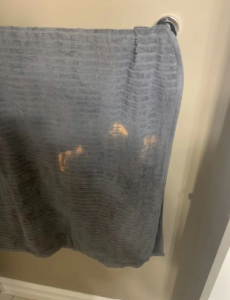Ground beef is a kitchen essential used in countless recipes, from burgers and tacos to sauces and casseroles. But one question often sparks debate among home cooks — should you rinse ground beef after cooking? Some believe rinsing helps reduce fat and calories by washing away excess grease. Running hot water over browned beef can make dishes like chili, pasta sauce, or tacos seem lighter and less oily.
For those watching their fat intake, the idea might sound appealing. Rinsing can remove visible grease, leaving a cleaner texture in some dishes. However, food safety experts generally advise against this practice. The main concern is contamination — rinsing ground beef can cause bacteria-laden water to splash onto sinks, counters, or nearby food. Even though the beef is cooked, small amounts of harmful bacteria can still spread if safe handling isn’t followed.
Beyond safety, rinsing also affects flavor and texture. When you wash cooked ground beef, you remove not only fat but also the flavorful juices that give the meat richness. This can leave dishes tasting bland or dry. Instead, experts recommend safer, easier methods to reduce fat: drain the meat in a colander, blot it with paper towels, or tilt the pan to spoon off excess grease. Avoid pouring hot fat down the drain — let it cool and harden before discarding it in the trash.
In short, rinsing ground beef isn’t necessary for food safety and can actually compromise taste. Cooking beef thoroughly to an internal temperature of at least 160°F (71°C) ensures it’s safe to eat. For a leaner result, draining and blotting are the best approaches. By following these simple steps, you can enjoy flavorful, safe, and balanced meals without sacrificing quality.





